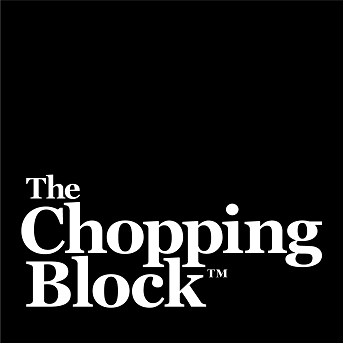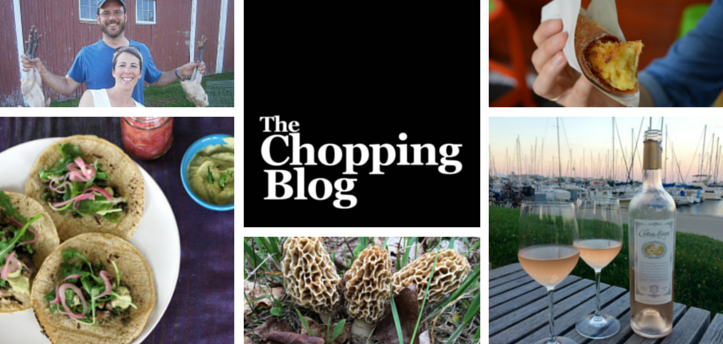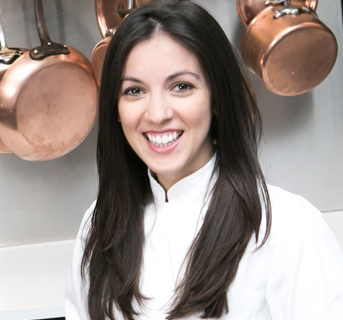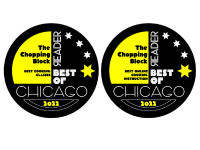If you were to pick up a fitness magazine or stop by your local gym, you’d likely hear mention of the latest health crisis in America: WE NEED MORE PROTEIN.
But the truth is, Americans get almost twice as much protein as is recommended. (The recommendation daily intake is 56g for an average man and 46g for an average woman.) And that excess is not without some negative consequences: a diet too high in protein can leach calcium from the bones, tax the kidneys and liver and has also been linked to cardiovascular disease, diabetes, cancer and osteoporosis. Yikes!
The good news is that these risks are specifically associated with an excess of animal protein. When people get more of their protein from plants (think vegetables, nuts, seeds, grains and beans), these risks all but disappear.
Two reasons seem to come into play:
- While it’s easy to meet your protein needs with plant foods, it’s hard to go way overboard and
- When you eat more plant foods you also gets lots of other good-for-you stuff like fiber, vitamins, minerals and antioxidants.
This isn’t to say that you need to ditch your chicken dinners, but cutting down on your animal proteins and increasing your vegetable proteins is a great way to revitalize your diet and make sure you are getting the right balance of nutrients.
Want to get more plant protein into your life? Check out my Top Tips below.
[Note: It’s easy for a vegetarian or vegan diet to not have enough protein, especially if a lot of processed ingredients are being consumed. Protein is essential for healthy muscles, bones, skin and hair as well as catalyzing major reactions in the body. These same tips apply to meat and meat-free eaters alike.]
3 Ways to Get More Plant Protein:
1. Know the powerhouse sources.
Most plant foods have some protein in them, but certain foods are real powerhouse sources. My personal favorite source of vegetarian protein is hemp seeds. These little guys are packed with protein and omega 3s and are great blended into smoothies or sprinkled on top of oatmeal and salads. Quinoa, edamame, almonds and nut butters are some of my other go-to’s when I’m looking to add a little more protein to a meal.
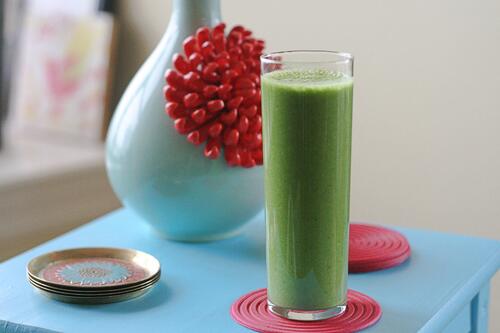
Banana Hemp Green Smoothie from Clean in ’15: Plant-powered Protein class
2. Become a Bean Queen.
Beans and legumes are great sources of plant protein that are super inexpensive and lend themselves to all kinds of global flavors. They make a great center of a vegetarian meal and dried or canned beans are easy to keep on hand in the pantry. Try black beans in your tacos, lentils in soup, and even white beans blended up into pasta sauce. Chickpeas roasted and tossed on a salad are delish too. I always have chickpeas, red lentils and white beans on hand.
3. Don’t forget that your vegetables and grains contain protein too.
It’s easy to think of a grain as a “carb” but whole grains, in addition to having lots of fiber and minerals, are also good sources of protein. For example, whole-wheat pasta has 14 grams of protein per serving (quinoa, another good one, has 8). Even vegetables like peas, broccoli and even spinach all have about 3g of protein per 1/2 cup serving. Another good reason to pile up the veggies on your plate.
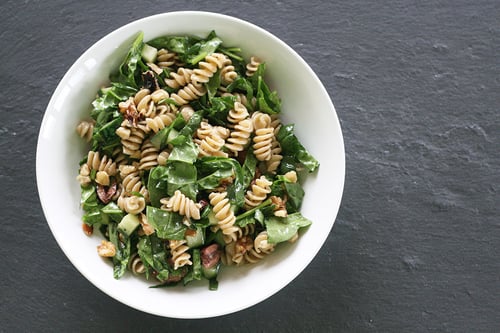
Whole Wheat Pasta Salad with Spinach and Kalamatas from Clean in ’15: Plant-powered Protein class
If you are thinking “This is all well and good, Chef Alia, but how do I actually incorporate this into my daily life?” then consider joining me for my upcoming Clean in ’15: Plant-powered Protein cooking class. We’ll dive deeper into protein myths and facts and, more importantly, give you some tasty tips and takeaways to apply this knowledge in easy, realistic ways.
From Mushroom Lentil Tacos to a Thai Curry Abundance Bowl to a Peanut Butter Cookie hack (3 ingredients and no baking? Total game changer.) this class will get you excited to power up your weekdays.
Tuesday, July 28, 7pm at The Chopping Block Lincoln Square. If you can’t make this one, look out for more Clean in ’15 clean eating cooking classes this fall!
Sources: Center for Disease Control Website; Physicians for Responsible Medicine
